It was on The PetaPixel Podcast a few months ago that Becca Farsace was talking about her impressive collection of old Kodak digital cameras. That reminded me of a now ubiquitous camera innovation first seen in a Kodak point and shoot from a long time ago and that started my quest to shoot with one again.
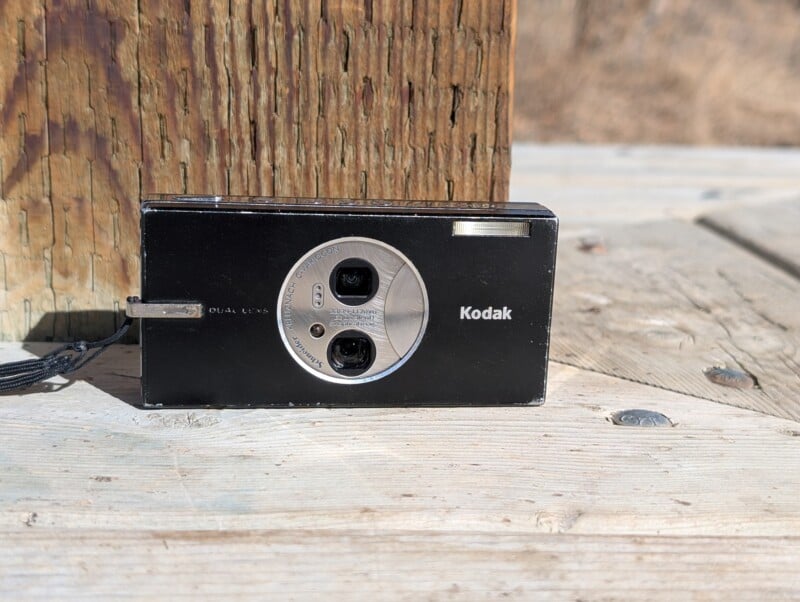
Kodak EasyShare V570 Retrospective: To The Wayback Machine!
First, let me take you back a decade to 2015 when it was becoming obvious that photo quality was one of the most important features for people buying a new smartphone. The trouble is, image quality had hit a wall. Phones had to remain thin, but everyone was demanding a larger zoom range and better image quality. Shortly after, all smartphone manufacturers adopted the same solution.
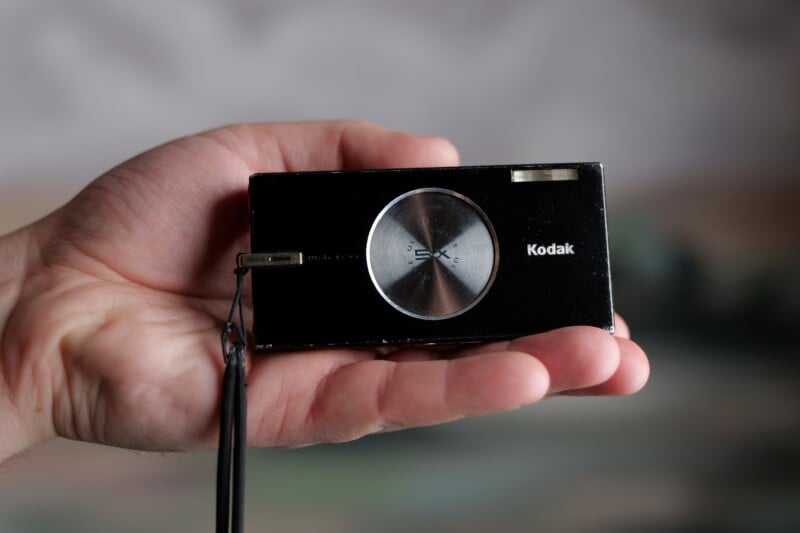
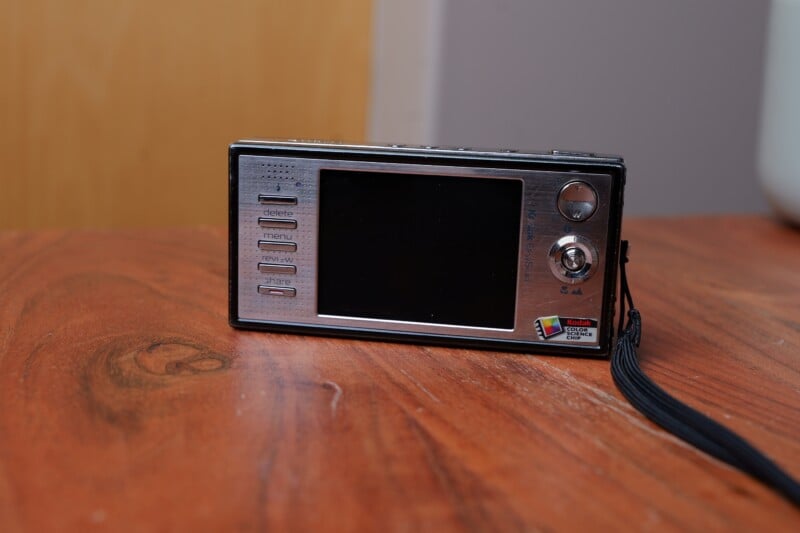
But before I tell you what that was, let’s jump back another decade to 2006. Compact point-and-shoot cameras were all the rage, with pocket-sized models like Canon’s ELPH and Sony’s W series proving particularly popular. However, compact cameras were struggling with the same issue smartphones soon would. Manufactures were asking themselves how they could keep their camera sizes down while at the same time including a more versatile zoom range?
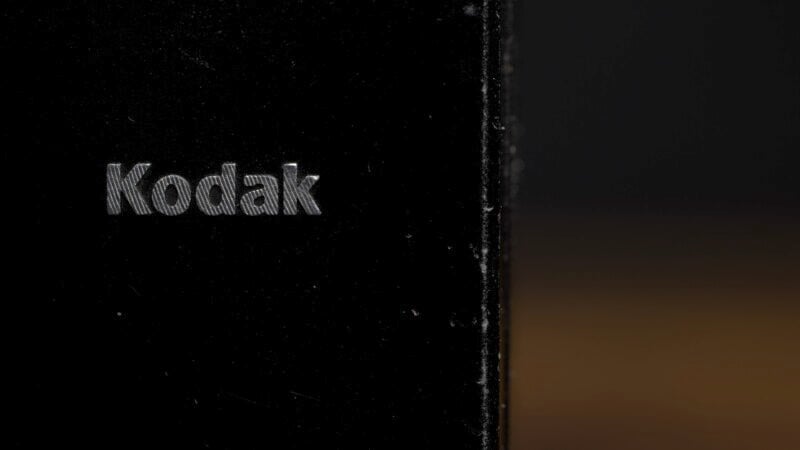
Kodak released its answer to this problem in 2006 with the V570, a point-and-shoot with two complete camera and lens assemblies set above and below each other in a very compact body. One camera had a 23mm full frame equivalent wide-angle lens, the other a 39-117mm equivalent zoom lens, each placed in front of a separate teeny tiny 5-megapixel sensor. Sound familiar? Smartphones went with the same solution beginning in models like the iPhone 7 Plus in 2016.
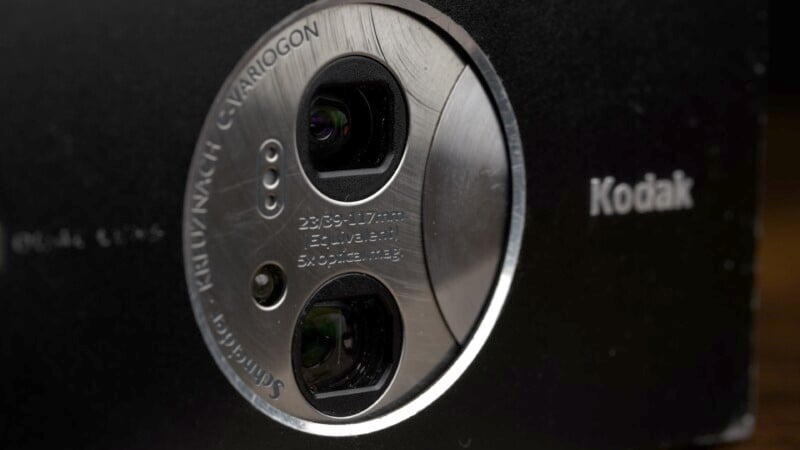
If Kodak was so ahead of its time in 2006, what would it feel like to shoot with one of these cameras today? Well I was unable to find a working model of the original V570, but I tracked down the follow-up released later that same year: the 7-megapixel V705 on eBay for $62.41.
Kodak EasyShare V570 Retrospective: Reviving A Classic
The first thing I needed to sort was a battery and storage. My camera arrived with a USB-A adapter to a proprietary charging cable which plugs directly into the camera. Easy enough, except the battery was clearly on its last legs and would only ever charge to a “flashing-red-about-to-die level” even after a full night of charging. Kodak KLIC-7001 batteries aren’t lining the shelves at Radio Shack anymore, so a portable USB charger became my best friend. After 20 minutes of charging, I could quickly pop off one or two photos before the battery would die and the USB charger would be called on again.
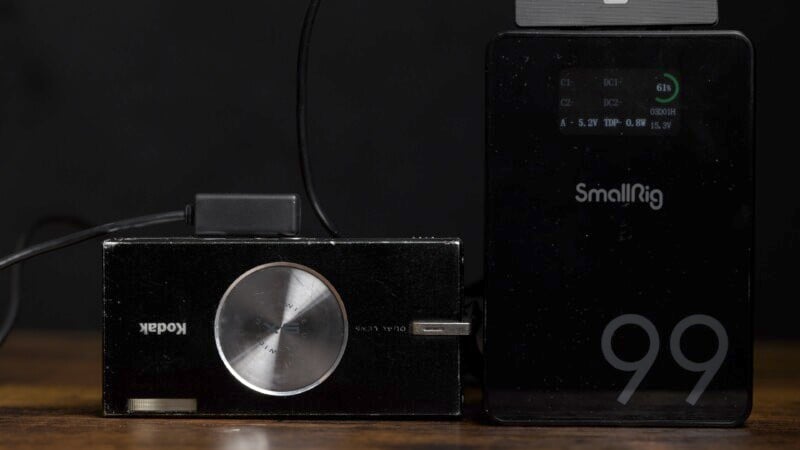
As far as storage, the V705 supports SD or MMC cards, but nothing larger than 2GB or higher SDHC that litter my house. Fortunately, a long-forgotten drawer housed a 1GB, The Camera Store-branded SD card that did the trick. With most photos taking up around 1MB of space, that was more than enough.
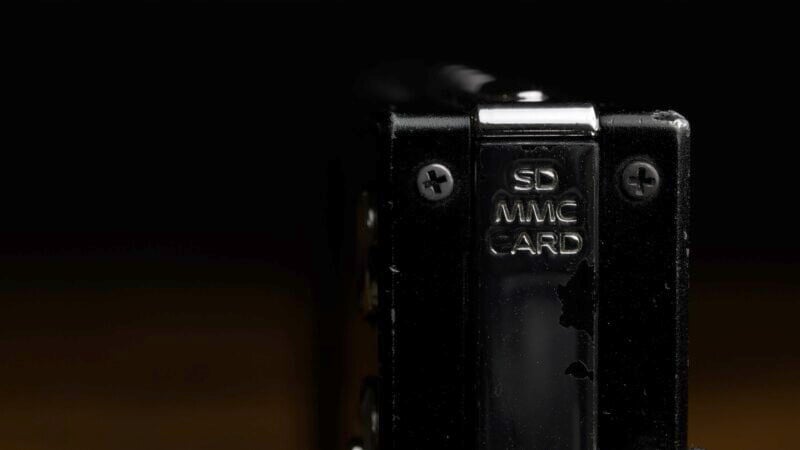
Kodak EasyShare V570 Retrospective: The Shooting Experience
Now that I could take pictures (or 480P video, but we’re going to ignore that), let’s check out the zoom interface. It looks like a standard compact camera zoom display but with white and yellow sections. The white portions are your optical zoom and the yellow is when it swaps over to digital zoom. This is trickiest once we zoom past the initial 23mm ultra-wide but before we reach the 39mm starting point of the second camera. Remember, here we’re cropping a 7-megapixel tiny sensor from nearly two decades ago, so the quality in the 24-38mm equivalent range is, frankly, trash.
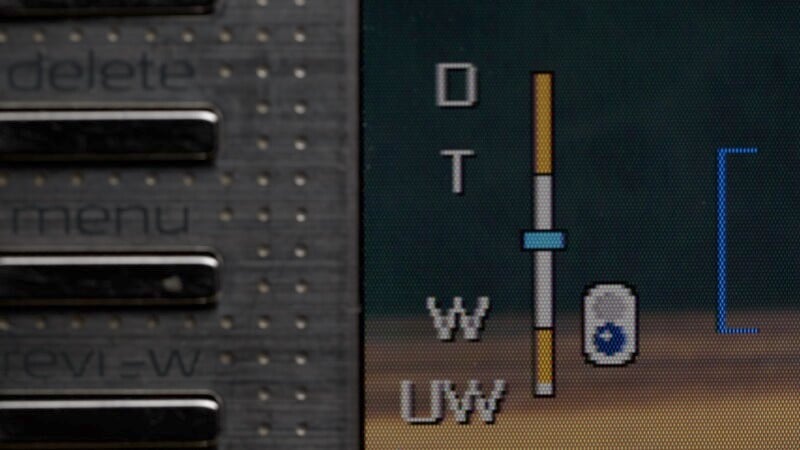

That said, you’ll see something similar when you digitally zoom with your smartphone, especially if there is a big gap in the focal ranges, like on the iPhone 16 Pro. It’s all digital zoom between your 1x 24mm equivalent lens and the 120mm equivalent 5x lens, so the 50-110mm range is always pretty poor. We’ve only made so much progress in the last two decades.

The 23mm wide-angle camera was a big deal back in 2006, with even the widest lenses in compact cameras only going down to a 28mm equivalent. I remember working at Black’s Photography, a long-defunct photo chain, and the main audience for this camera at its release was realtors. Looking at the results now, it’s not terrible, but the corners are pretty rough and oddly it has lousy close-up performance.
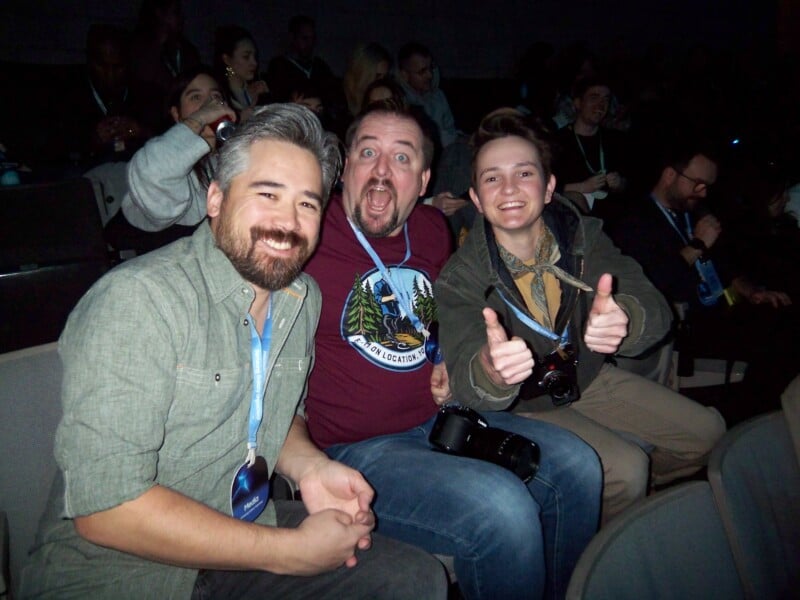
This does one thing the kids are crazy about now and that’s built-in, on-camera strobe flash: none of that LED garbage here. Sure, on-camera direct flash produces a look photographers have been trying to avoid for decades but there’s no denying it looks better than the lame LED flashlight on your phone. While I have my fair share of overexposed flash photos from the V705, it often did a pretty good job of balancing with the ambient light and giving the early 2000s aesthetic that is in vogue right now.
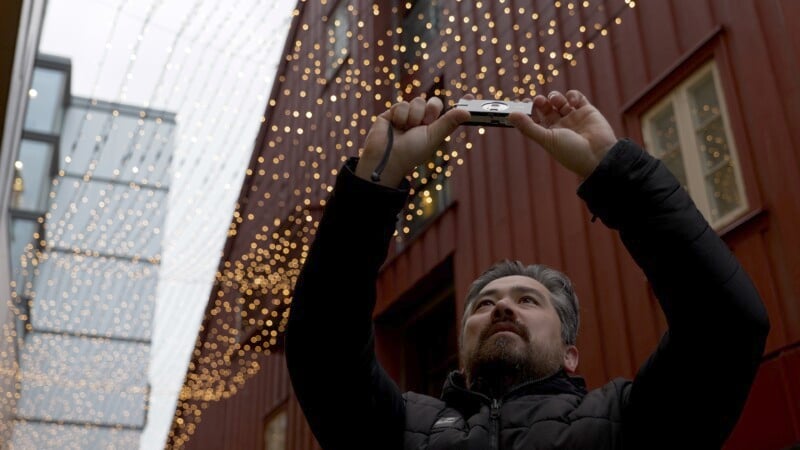

Kodak EasyShare V570 Retrospective: So What?
Look, I’m not going to review this camera. It’s barely functional and the images don’t have anything truly unique about them to justify all the hassle. But I think it’s very cool to see how similar this forgotten tech is to the most popular cameras in the world now: our phones.

The fascinating thing about Kodak is that its relatively recent history is full of examples like this. First digital camera? Kodak in the 70s. First commercially available digital SLR? Kodak again with the DCS series. And here they were solving the smartphone camera problem more than a year before the first iPhone was released. The Kodak offered something truly useful and unique at the time but it was barely advertised and largely ignored by the photographic community. The good news is this is the only example I can think of where brilliant engineering was sabotaged by bad corporate decisions.

Wait, I’d like to do that last line again. Sadly, this is yet another example of brilliant engineering being sabotaged by bad corporate decisions. There we go.








